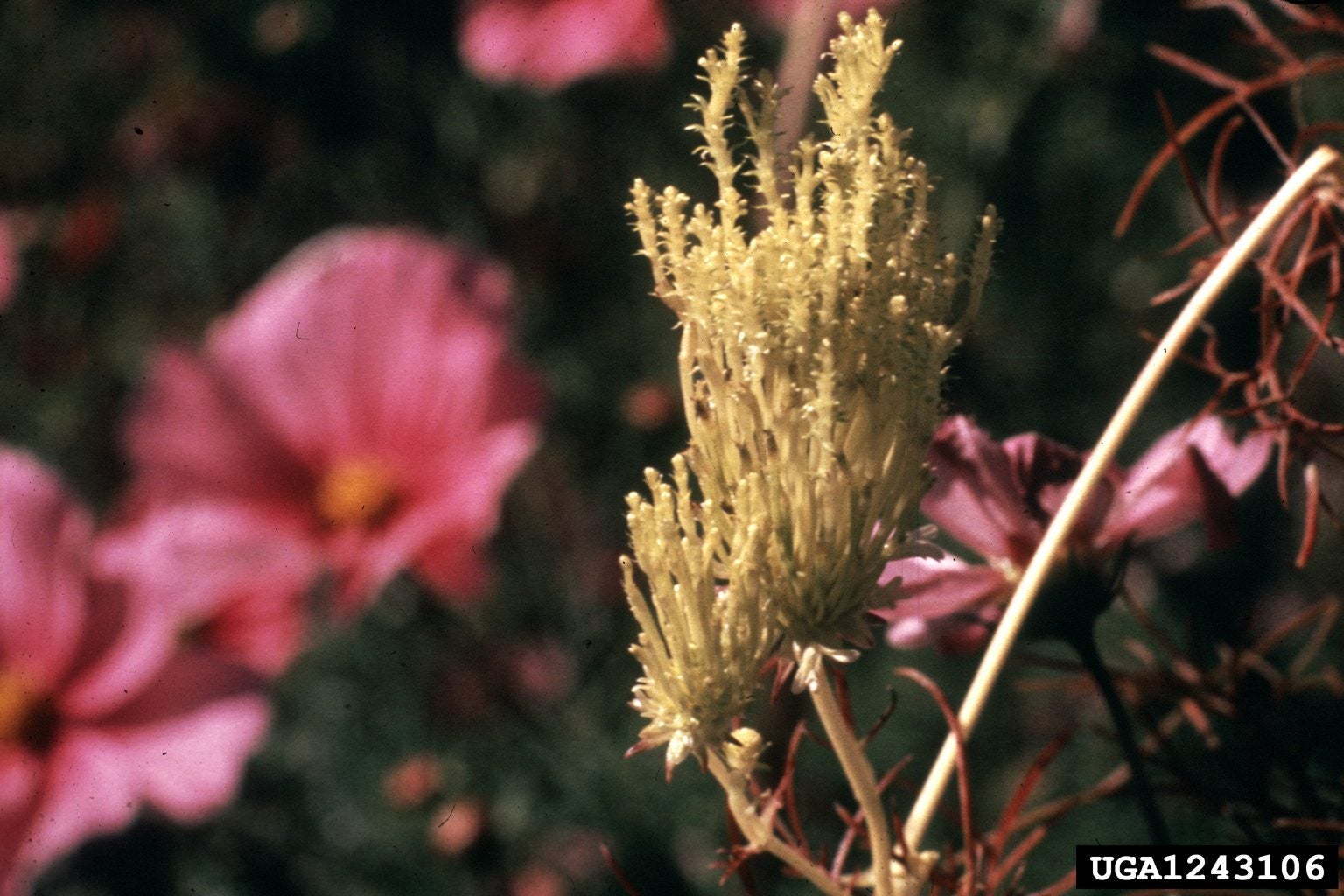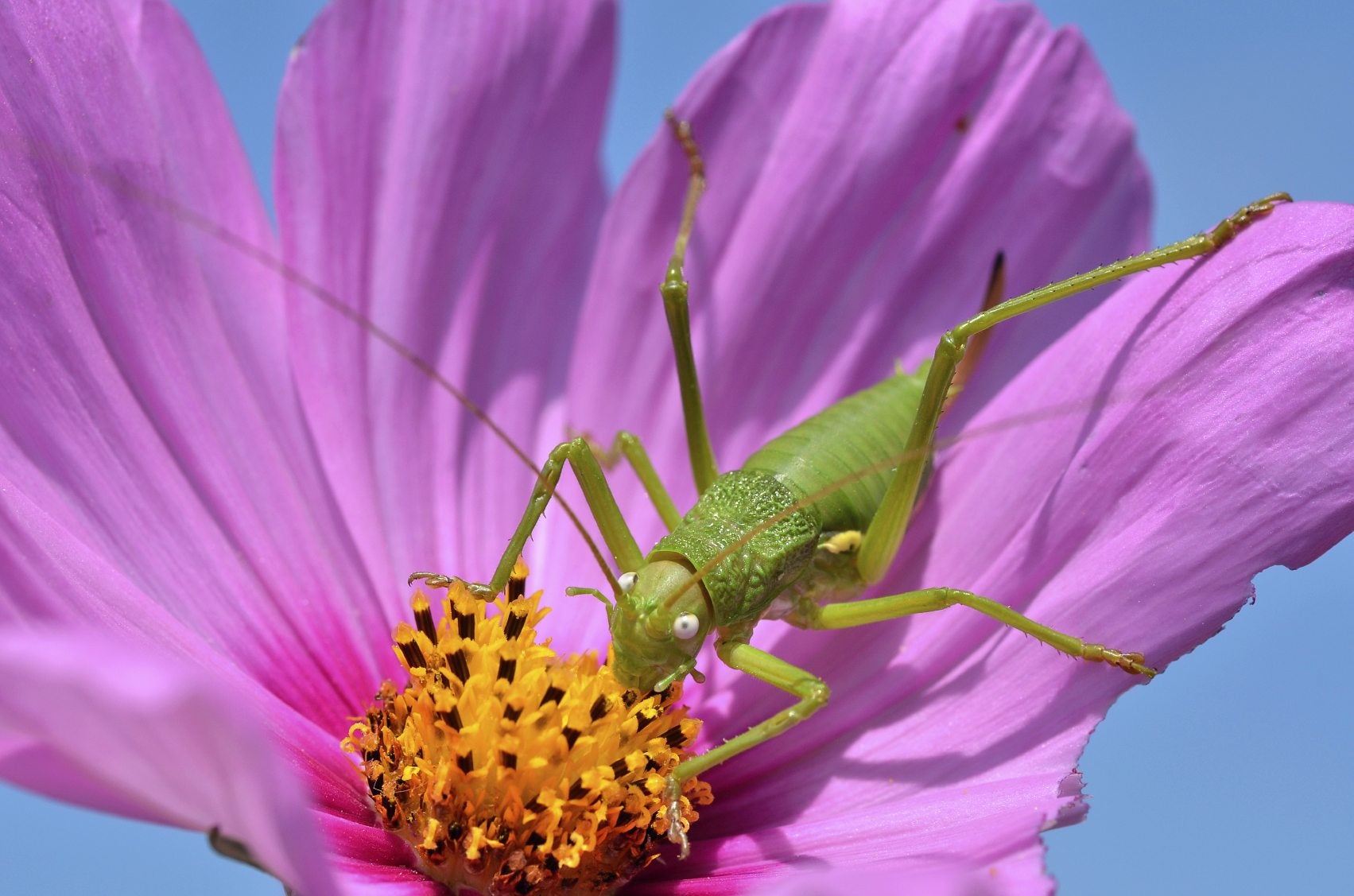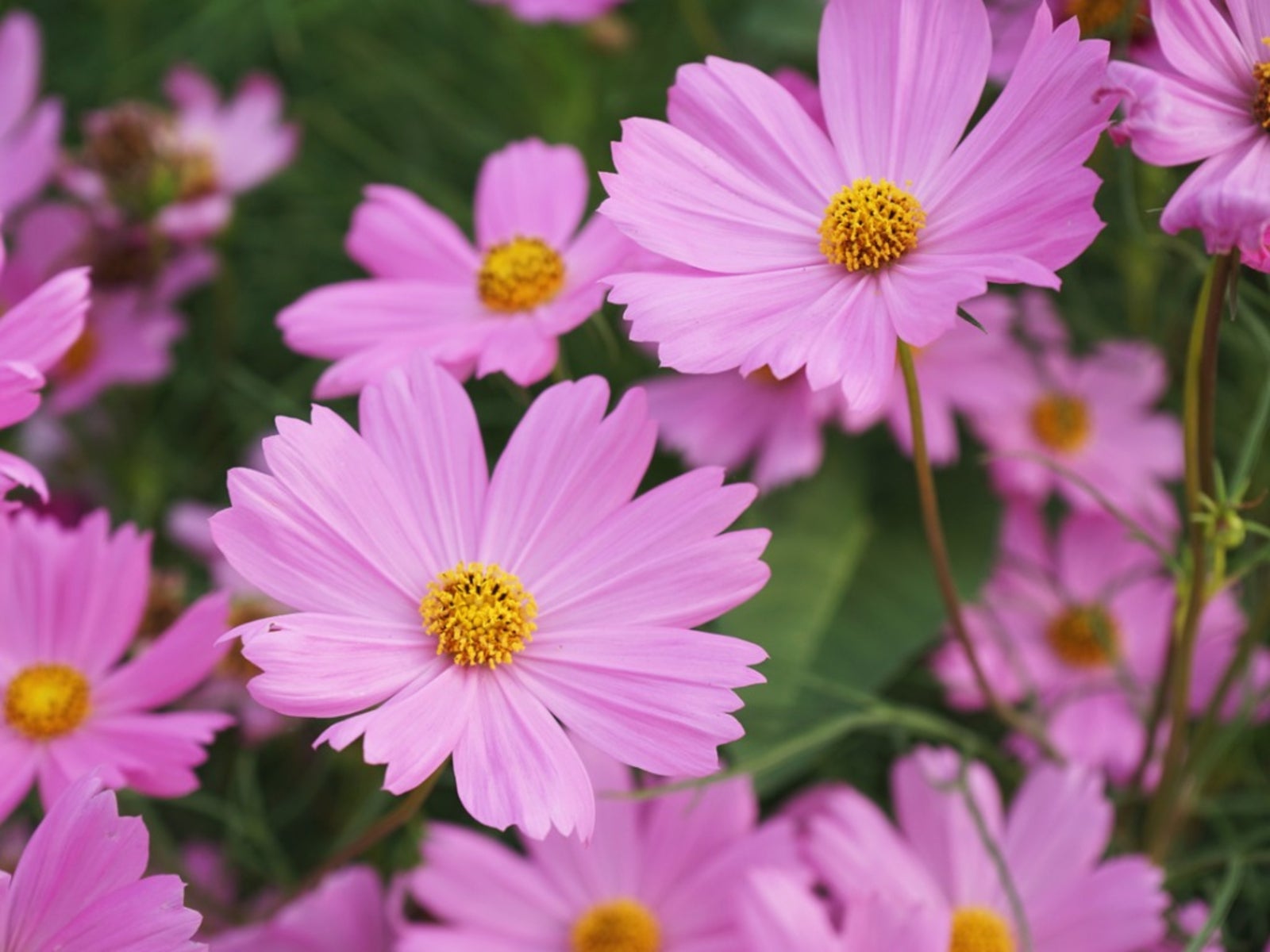Cosmos Plant Varieties: Learn About Types Of Cosmos Plants


When it comes to considering the many types of cosmos plants on the market, gardeners are faced with a wealth of riches. The cosmos family includes at least 25 known species and many cultivars. Read on to learn about just a few of the hundreds of cosmos plant varieties and cosmos flower types.
Common Cosmos Flower Types
For home gardeners, the most common cosmos flower types are Cosmos bippanatus and Cosmos sulphureus. These varieties of cosmos flowers can be further broken down into specific types, or cultivars.
Cosmos bippanatus
Cosmos bippanatus cultivars display cheerful, daisy-like flowers with yellow centers. The plants, native to Mexico, usually top out at 2 to 5 feet (61 cm. to 1.5 m.) but may attain heights of up to 8 feet (2 m.). Blooms measuring 3 to 4 inches (8-10 cm.) across may be single, semi-double, or double. Cosmos flower colors include white and various shades of pink, crimson, rose, lavender, and purple, all with yellow centers. The most common types of C. bippanatus include:
- Sonata– Sonata, which reaches heights of 18 to 20 inches (46-51 cm.), displays ferny foliage and frilly blooms in pure white and shades of cherry, rose, and pink.
- Double Take – This cheery cosmos variety provides showy, bi-color pink blooms with yellow centers all summer long. Mature height is 3 to 4 feet (1 m.).
- Seashell – The 3 inch (8 cm.) blooms of seashell cosmos display rolled petals, which give the flowers a seashell-like appearance. This tall variety, which can reach heights of 3 to 4 feet (1 m.), comes in shades of creamy white, carmine, pink, and rose.
- Cosimo – Cosimo blooms early and continues to provide bright color all summer. This 18 to 24 inch (46-61 cm.) plant comes in a variety of appealing semi-double, bi-color blooms, including pink/white and raspberry red.
Cosmos sulphureus
Cosmos sulphureus, also native to Mexico, thrives in poor soil and hot, dry climates and may become floppy and weak in rich soil. The height of the upright plants is usually limited to 1 to 3 feet (31-91 cm.), although some may reach 6 feet (2 m.). The plants, which sport either semi-double or double, daisy-like blooms, are available in bright cosmos flower colors ranging from yellow to orange and intense red. Here are common types of C. sulphureus:
- Ladybird – This early-blooming, dwarf variety produces masses of small, semi-double blooms in rich, sunny shades of tangerine, lemon yellow, and orange-scarlet. Plant height is generally limited to 12 to 16 inches (31-46 cm.).
- Cosmic – Vigorous Cosmic cosmos produces an abundance of small, heat and pest-resistant blooms in shades ranging from cosmic orange and yellow to scarlet. This compact plant tops out at 12 to 20 inches (31-51 cm.).
- Sulphur – This eye-catching variety lights up the garden with blooms of stunning yellow and orange. Sulphur is a tall plant reaching heights of 36 to 48 inches (91-122 cm.).
Gardening tips, videos, info and more delivered right to your inbox!
Sign up for the Gardening Know How newsletter today and receive a free copy of our e-book "How to Grow Delicious Tomatoes".

A Credentialed Garden Writer, Mary H. Dyer was with Gardening Know How in the very beginning, publishing articles as early as 2007.
-
 8 Noteworthy Native Azaleas Every Gardener Should Know – And Grow!
8 Noteworthy Native Azaleas Every Gardener Should Know – And Grow!Native azaleas offer brilliant blooms in a range of colors and sizes. Here are a few favorites to get inspired and start working on a native shade garden!
-
 Growing Climbing Roses: How To Create Elegant Displays With Maximum Blooms
Growing Climbing Roses: How To Create Elegant Displays With Maximum BloomsMaster the art of growing stunning climbing roses with this essential guide to creating vibrant, fragrant walls and structures all summer long.
-
 Cutting Back Cosmos For More Blooms
Cutting Back Cosmos For More BloomsCutting cosmos will give you new flowers for the entire growing season as well as blooms for floral arrangements. Click to learn when and how.
-
 Sulphur Cosmos Information – How To Grow A Mexican Aster Flower
Sulphur Cosmos Information – How To Grow A Mexican Aster Flower -
 Cosmos Flower Diseases – Reasons Cosmos Flowers Are Dying
Cosmos Flower Diseases – Reasons Cosmos Flowers Are DyingCosmos plant diseases range from fungal to bacterial and into insect vectored viruses. Controlling insects, providing proper irrigation and planting healthy plants can minimize these problems. Click here to learn more in this article.
-
 Companion Plants For Cosmos – Learn About Cosmos Companion Plants
Companion Plants For Cosmos – Learn About Cosmos Companion PlantsWhat grows well with cosmos, and why do cosmos need companions? Companion planting serves a number of valuable purposes in the garden. Click this article to find out what plants grow well with cosmos in the garden.
-
 Common Insects On Cosmos: Treating Pests On Cosmos Plants
Common Insects On Cosmos: Treating Pests On Cosmos PlantsCosmos plant pests are rare and generally don't cause significant damage to the health of the plant. What pests do cosmos get? Learn about treating pests on cosmos plants in this article and keep your flowers looking beautiful.
-
 Caring For Chocolate Cosmos Plants: Growing Chocolate Cosmos Flowers
Caring For Chocolate Cosmos Plants: Growing Chocolate Cosmos FlowersChocolate isn't just for the kitchen, it's also for the garden, especially a chocolate one. Growing chocolate cosmos flowers will delight any chocolate lover. This article had information on its care in the garden. Click here to learn more.
-
 Cosmos Not Flowering: Why Are My Cosmos Not Blooming
Cosmos Not Flowering: Why Are My Cosmos Not BloomingCosmos is a showy annual plant commonly grown in gardens. But what happens when there are no blooms on cosmos? Read this article to learn more about why cosmos will not flower.
-
 Should You Deadhead Cosmos: Tips For Removing Cosmos Spent Flowers
Should You Deadhead Cosmos: Tips For Removing Cosmos Spent FlowersDeadheading cosmos after the blooms start to fade will rejuvenate the plant and cause it to bloom over and over again, up until the autumn frost. Find out how to deadhead cosmos in this article.